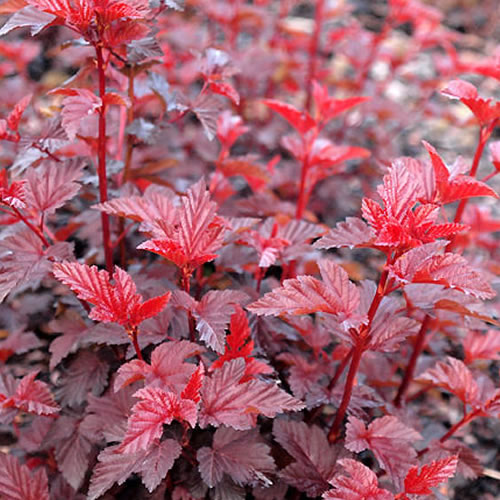When we think about bees, we mostly think about honeybees … a European native brought here by the very first colonists. Now honeybees are struggling, hammered by a constellation of 20-plus diseases and parasites — not to mention a range of insecticides and fungicides. About 450 species of wild bees also populate our fields and…Continue Reading It’s Pollinator Week. Read All About It.
Invasives are pests! Learn more at our July IPM conference.
We tend to default to bugs — to insects — when we think about pests. But plant diseases and weeds are pests too. And all threaten our fields and farms, our forests and streams, our homes and workplaces. Pests provide no end of challenges — especially pests that come from afar. Among IPM’s strengths? Researching…Continue Reading Invasives are pests! Learn more at our July IPM conference.
Every Day is Earth Day — and the IPM Connection
Consider our forests and farms. Our rivers and lakes. And yes, our homes and workplaces. Wherever we live, work or play — when we care for our surroundings, we’re celebrating Earth Day. Belong to a community garden? Got a garden by the house? You can welcome Earth Day by welcoming the critters that make any…Continue Reading Every Day is Earth Day — and the IPM Connection
Earth Day IPM for birds and bees — and native plants that nourish them
We’re starting this post with a detour. But we have little choice. Before you go shopping around for landscape plants, you need to know the backstory. Invasive plants, trees, shrubs, vines and flowers, many of them brought from afar because yes, they’re lovely in the landscape, have become a bit too much of a good…Continue Reading Earth Day IPM for birds and bees — and native plants that nourish them
IPM celebrates Earth Day — the countdown to April 22
By most measures it’s spring in the northern hemisphere. Technicalities count: regardless if you live in snowy Labrador City (pop. 9354; high of 15ºF) or greater Miami, Florida (pop. ~5.5 million and summery 76ºF), the vernal equinox marked the official start to spring. Whether or not the weather concurs with your expectations, of course, depends…Continue Reading IPM celebrates Earth Day — the countdown to April 22
Nature’s Herbicides and Lessons from Black Walnut Trees
You’re prepping your garden for winter, muttering about the sapling black walnut trees the squirrels planted on your behalf mere inches away — and the mother tree is in your neighbor’s yard. You know you can’t put off removing them: this might be the last year your loppers can manage the task. Black walnuts get…Continue Reading Nature’s Herbicides and Lessons from Black Walnut Trees
How to Winterize Your Compost Pile
Let’s make compost. It’s an earthy topic. Does it matter? Oh, yes. Bagging up organic matter and setting it out for trash is a pity — the moment it’s dumped in the landfill, it turns quickly to methane, a greenhouse gas 20-plus times more potent than CO2. And trash trucks bring tons of it to…Continue Reading How to Winterize Your Compost Pile
Spider FAQs One Two Three
These three things you should know about spiders. But first, know this. They’re not bugs. In fact, insects probably outnumber spiders roughly 10 to one. Too bad so many things get blamed on spiders — insect bites, say, or medical conditions that require intervention. One. We are not their prey. In fact, most couldn’t bite…Continue Reading Spider FAQs One Two Three
Beauty and the Battle Against Invasive Plants: IPM Can Help

In New York and around the world, invasive plants rank among the top reasons that the stability of native ecosystems are under threat. Consider the prickly barberries that swallow woodland understories whole. The Norway maples that outcompete sugar maples and out-shade wildflowers. The — well, let’s just stop. Because it doesn’t get better. Sure, those…Continue Reading Beauty and the Battle Against Invasive Plants: IPM Can Help
Best Bets for Bees
Make your yard ‘bee-friendly’! It’s everywhere in the news these days. So how can you keep your garden a haven for pollinators of all types? 1. Keep it blooming – all season long Have lots of different blooming plants – annuals, perennials, shrubs, trees, even weeds (ahem — wildflowers) for ample pollen and nectar for…Continue Reading Best Bets for Bees